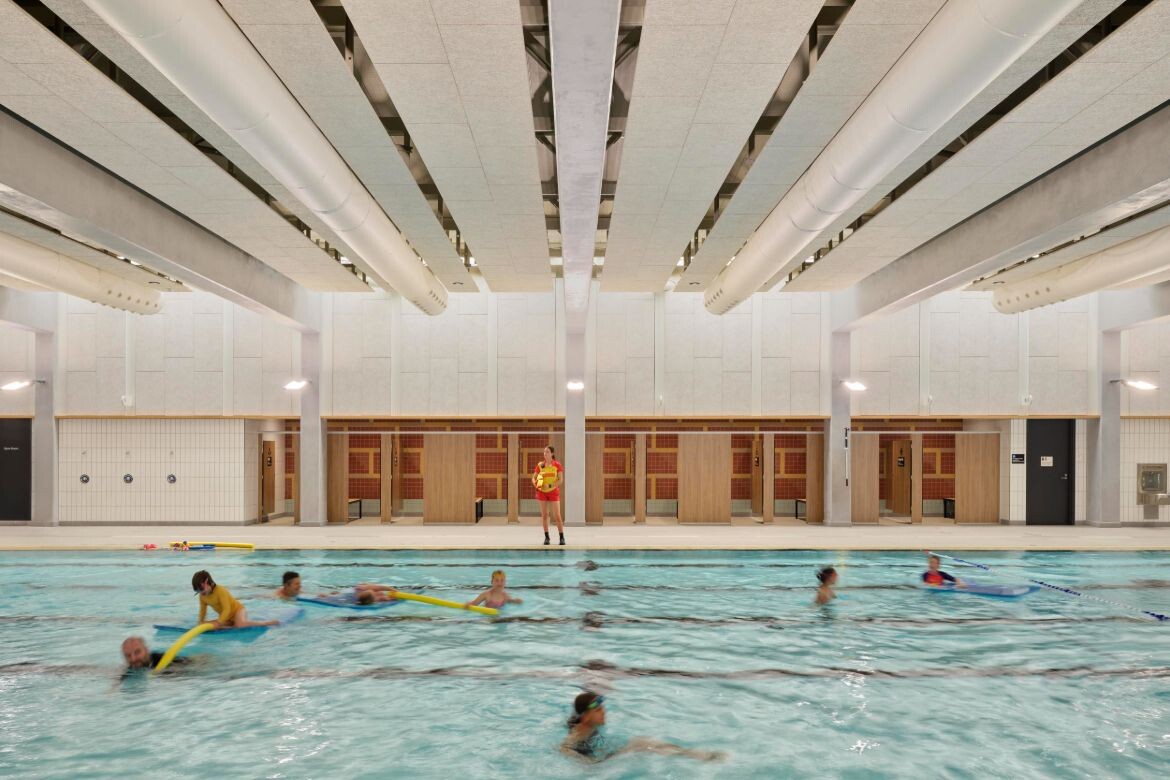Think Brick Australia has been investigating the lifecycle of building materials when it instigated the brick industry’s first broad-scale research.

Think Brick Australia CEO Elizabeth McIntyre, photography courtesy of Think Brick.
August 2nd, 2022
The building industry is working towards a national framework for a total embodied carbon rating system. This will measure the environmental impact of a building and provide clarity for manufacturers, and Think Brick Australia is leading the charge.
At present, there are four standards commonly used. However, many stop measuring impact at the building site. “The standards commonly in use in Australia take a ‘cradle to gate’ approach, only measuring the environmental impact of building materials during product extraction and manufacture. Others take the ‘cradle to the grave’ approach – including raw materials, water, energy in production, and waste and emissions,” says Elizabeth McIntyre, CEO of Think Brick Australia.
To counter this shortfall, Think Brick Australia has researched the total lifecycle assessment. This measures the impact of the material’s use in construction, maintenance, and disposal, plus the environmental effect of operational emissions from living in a building.
“Over a 50-year lifecycle, nearly 90 per cent of a building’s emissions are generated by operational functions –primarily heating and cooling,” says McIntyre. McIntyre believes it is vital to include these emissions in an environmental impact analysis. “In developing a national standard, are we looking at the whole picture?” she asks.
Think Brick Australia has been investigating the total lifecycle of building materials since 2008, when it instigated the brick industry’s first broad-scale, peer-reviewed research. McIntyre believes a uniform LCA that measures operational and embodied emissions will give a complete picture of the energy efficiency and environmental impacts of buildings.
“To bring the current impact measures into a uniform, national standard, we can go further than the variations of traditional lifecycle assessments currently in use,” says McIntyre.
Think Brick Australia
thinkbrick.com
We think you might like this article about those that influence the world of design and architecture.
INDESIGN is on instagram
Follow @indesignlive
A searchable and comprehensive guide for specifying leading products and their suppliers
Keep up to date with the latest and greatest from our industry BFF's!

BLANCOCULINA-S II Sensor promotes water efficiency and reduces waste, representing a leap forward in faucet technology.

Within the intimate confines of compact living, where space is at a premium, efficiency is critical and dining out often trumps home cooking, Gaggenau’s 400 Series Culinary Drawer proves that limited space can, in fact, unlock unlimited culinary possibilities.

Elevate any space with statement lighting to illuminate and inspire.

In design, the concept of absence is particularly powerful – it’s the abundant potential of deliberate non-presence that amplifies the impact of what is. And it is this realm of sophisticated subtraction that Gaggenau’s Dishwasher 400 Series so generously – and quietly – occupies.

Designed with culture and meaning, Casuarina Pavilion is a jewel in the crown of Melbourne city and a place where everyone can come together to celebrate Country.

Wendelbo stands as an example of a family-operated business that has profitably adapted to the modern world without losing sight of its values.
The internet never sleeps! Here's the stuff you might have missed

Carnegie Memorial Swimming Pool by CO.OP Studio is supposedly Australia’s most sustainable aquatic centre.

Davenport Campbell’s Anneke Alberto and Kathryn Marshall comment on the fallacy of ‘the average man’ in workplace design.